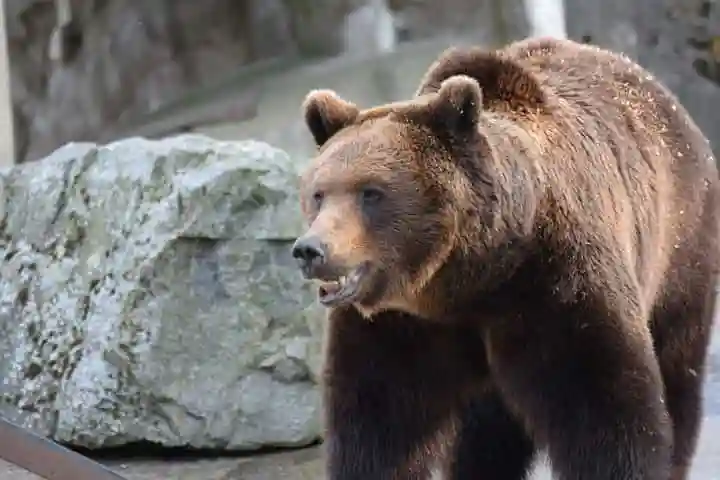The effect and imprint of human life has reached the farthest corners of the planet. In the depths of oceans, micro plastic is found which is consumed by fishes and other marine creatures while high doses of estrogen has feminised male fathead minnows in Ontario.
Now antibiotic resistance, which the World Health Organisation refers to as “one of the biggest threats to global health, food security and development today” has gone beyond humans and reached wildlife located in deep forests.
Antibiotic resistance is a medical condition in which the bacteria responds and changes to the medicines used to cure infections has been detected in Scandinavia’s brown bears.
A report in smithsonianmag.com mentions that Sweden’s Uppsala University researchers found that tooth plaque from bear skulls dating back nearly two centuries have exhibited a definite spike in antibiotic resistance over a period of 70 years.
Also read: Meth snares brown trout, sea animals as it sneaks into waters as pollutant
Katerina Guschanski who is a university geneticist, told New Scientist: “This is bacteria that we brush off every morning and every evening when we clean our teeth, but bears don’t have oral hygiene.”
The study appeared in Current Biology, a peer-reviewed journal. It points to the DNA analysis results of scrapings of teeth taken from skulls of bears dating 1842 which are kept at the Swedish National Museum.
The researchers discovered that the resistance to antibiotics zipped in large mammals following the introduction of these drugs in Sweden in 1951. What is amazing is that these animals were secluded deep in the woods.
Commenting on this, Guschanski told Andrew Curry of Science: “When humans start using antibiotics, antibiotics get into the environment.”
The research paper traces the journey of these antibiotic-resistant bacteria. Released from hospitals and people it finds its way through wastewater treatment facilities to reach the waterways. From there animals who live in the wild get it and which again comes back to human beings when they hunt or hike.
It was the study’s lead author, who is a postdoctoral fellow at the Norwegian University of Science and Technology, Jaelle Brealey’s team that studied the bacterial deposits scraped from skeletal remains of wild brown bears to comprehend the change that took place. The samples are from the period 1842 to 2016.
Also read: Study of rhinoceros genetics will help boost their dwindling population
Giving details to Earth.com, Brealey remarked: “We specifically looked for bacterial genes that provide resistance to antibiotics. Their abundance closely follows human antibiotic use in Sweden, increasing in the 20th Century and then decreasing in the last 20 years. We also find a greater diversity of antibiotic resistance genes in the recent past, likely as a result of different kinds of antibiotics being used by humans.”
In its conclusion the study states that spread of antimicrobial resistance (AMR) genes can be checked, curbed and also reversed if immediate and necessary steps are taken to stop overuse of antibiotics.
In 1995, Sweden, started a programme across the country to reduce antibiotic resistance and it also banned use of antibiotics in farm animals.
Summing its findings, the study states: “Our case study suggests that human actions, both negative and positive, can directly impact diverse microbial communities, including those associated with wild animals, and provides evidence that large-scale policies limiting the use of antimicrobials in humans and livestock may be effective in curbing the dissemination of AMR through environmentally mediated pathways.”




















